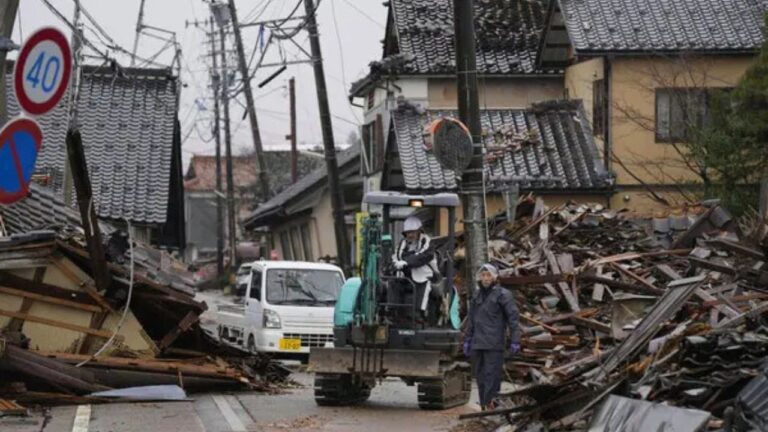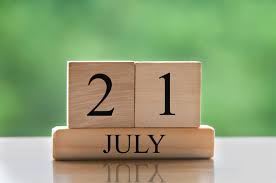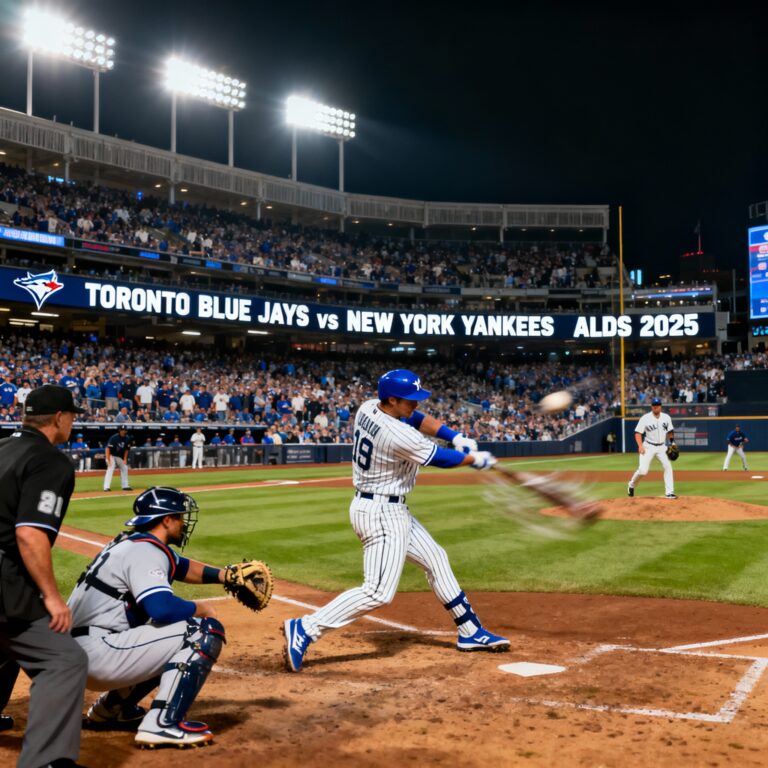RBI Monetary Policy Explained: How It Impacts Your Loans, EMIs, Savings & India’s Economy
🏦 RBI Monetary Policy Explained: How It Impacts Your Loans, EMIs, Savings & India’s Economy
Meta Description:
Confused about what RBI monetary policy means? Discover how RBI policies like the repo rate affect inflation, your home loans, FD returns, and the entire Indian economy in this easy-to-understand guide.
Focus Keywords: RBI monetary policy, repo rate, RBI MPC meeting, monetary policy in India, RBI governor, RBI rate cut, RBI policy tools, repo rate today, RBI news today, RBI policy news
🧭 What is RBI Monetary Policy and Why Should You Care?
Whether you’re planning to buy a house, apply for a loan, invest in fixed deposits, or just keep up with India’s financial news, RBI’s monetary policy plays a crucial role in your financial decisions—even if you don’t realize it.
At its core, the RBI monetary policy decides how much money flows into the Indian economy, how expensive loans will be, and how inflation is kept under control. It’s a balancing act between encouraging growth and controlling prices.
And guess what? Every two months, a high-stakes meeting called the RBI MPC meeting (Monetary Policy Committee) determines all of this—led by none other than the RBI Governor.
So let’s break it all down—human-style—so that next time someone mentions the “repo rate today,” you won’t just nod; you’ll know.
🏛️ Meet the RBI – India’s Economic Backbone
The Reserve Bank of India (RBI) is not just a regulator of banks. It’s the brain behind our financial system—ensuring our money retains value, the economy remains stable, and people can borrow and save efficiently.
It was established in 1935, and since then, its role has expanded from managing currency to regulating inflation, supporting economic growth, and now, even exploring digital currencies (CBDC).
The current RBI Governor, Shaktikanta Das, is at the helm of all key decisions, including those that impact your EMI.
🎯 What is Monetary Policy, Really?
In simple terms, monetary policy is the strategy used by the RBI to control money supply and interest rates in the economy.
Think of it like the AC in a room:
-
Too cold (high interest rates)? Growth slows.
-
Too hot (too much money)? Inflation spikes.
RBI uses monetary policy to keep the temperature just right.
✅ Main Objectives of RBI’s Monetary Policy
-
Control Inflation: Make sure prices don’t rise too fast.
-
Support Growth: Encourage businesses and industries to grow.
-
Stabilize Currency: Keep the rupee stable against the dollar.
-
Ensure Liquidity: Banks should have enough money to lend.
-
Maintain Financial Stability: Avoid banking crises and market panic.
🧰 Tools RBI Uses to Control Monetary Policy
RBI doesn’t use magic. It uses tools—some powerful, some subtle:
1. 📉 Repo Rate
This is the rate at which RBI lends money to commercial banks. If RBI cuts the repo rate, loans become cheaper. If it hikes the rate, loans get expensive.
-
Lower repo rate = Cheaper loans = More spending
-
Higher repo rate = Costlier loans = Less spending
👉 Repo rate today (August 2025): 6.25%
2. 📈 Reverse Repo Rate
This is the opposite—rate at which banks lend money to RBI. It helps absorb excess cash in the system.
3. 💼 CRR (Cash Reserve Ratio)
Banks must keep a % of their deposits with RBI in cash. This reduces the amount banks can lend.
4. 💰 SLR (Statutory Liquidity Ratio)
Banks must invest a portion of their deposits in government securities. Another way to manage liquidity.
5. 🔁 Open Market Operations (OMO)
RBI buys or sells government securities in the market to inject or absorb liquidity.
🔄 Expansionary vs Contractionary Monetary Policy
Depending on the economic situation, RBI can adopt either:
🟢 Expansionary Policy:
-
Lower repo rate
-
Encourages borrowing and investment
-
Used during slowdown (like COVID-19)
🔴 Contractionary Policy:
-
Higher repo rate
-
Controls inflation
-
Used when prices rise too fast (like in 2022–23)
👥 The RBI MPC Meeting – Where the Decisions Are Made
India’s Monetary Policy Committee (MPC) is a team of six experts (three from RBI, three appointed by the government) who meet every two months to decide the repo rate and overall policy stance.
How it works:
-
MPC analyses GDP data, inflation trends, global events, oil prices, etc.
-
Based on the findings, they vote to increase, decrease, or hold the repo rate.
Every RBI MPC meeting decision is published online, and the RBI Governor addresses the media in the RBI policy live update.
🧍 How RBI Monetary Policy Affects YOU
Whether you’re a salaried employee, student, retiree, or business owner, RBI’s decisions impact your day-to-day life:
| Situation | Impact |
|---|---|
| 🏠 Home Loan | Repo rate cut = Lower EMI |
| 💳 Personal Loan | Repo rate hike = Costlier borrowing |
| 🏦 Fixed Deposits | Higher rates = Better FD returns |
| 🛍️ Inflation | Tighter policy = Slower price rise |
| 📈 Stock Market | Stable policy = Investor confidence |
🕰️ Quick Timeline: How RBI’s Policy Has Evolved (2010–2025)
| Year | Policy Focus | Repo Rate |
|---|---|---|
| 2010 | Tight control | 6.50% |
| 2016 | MPC introduced | 6.25% |
| 2020 | COVID crisis | 4.00% (lowest ever) |
| 2022 | Inflation control | 6.50% |
| 2024 | Rate cuts begin | 6.25% |
| 2025 | Stable stance | 6.25% |
📰 RBI Monetary Policy in August 2025 – Latest Update
In the latest RBI policy news, the MPC decided to hold the repo rate at 6.25%, signaling a neutral stance.
Key Highlights:
-
Inflation still slightly above target at 5.1%
-
No RBI rate cut despite pressure from industries
-
Growth outlook positive at 6.8%
-
RBI focuses on “withdrawal of accommodation”
So what does this mean?
-
No major relief for borrowers
-
But savers can rejoice as deposit rates remain attractive
-
Stability is prioritized over stimulus
⚖️ The Balancing Act – Challenges Faced by RBI
RBI’s job is never easy. Here are the headwinds:
-
🌾 Unpredictable monsoon → Food inflation
-
🛢️ Volatile crude oil → Import cost inflation
-
🌍 Global recession fears → Exports hit
-
💳 High NPAs → Cautious lending
-
📉 Global central bank actions → Capital outflows
Each RBI meeting is a test of strategy and foresight.
🌐 RBI vs Global Central Banks – Who’s Doing What?
| Country | Central Bank | Rate Trend |
|---|---|---|
| 🇺🇸 USA | Federal Reserve | Tightening paused |
| 🇪🇺 EU | ECB | Mild cuts |
| 🇬🇧 UK | BoE | Cautious easing |
| 🇯🇵 Japan | BoJ | Still low rates |
| 🇮🇳 India | RBI | Balanced stance (6.25%) |
India’s policy is moderate—neither too aggressive nor too relaxed.
👤 RBI Governor’s Role in Policy Making
Shaktikanta Das, RBI Governor since 2018, has steered India through:
-
The COVID financial crisis
-
Record-low interest rates
-
Inflation waves
-
Digital rupee rollout
He is the voice behind the RBI policy live updates, explaining decisions with clarity and transparency.
🔮 What’s the Future of RBI Monetary Policy?
The RBI is looking ahead with:
🧠 AI & Data Tools:
-
Real-time monitoring of inflation
-
Better credit risk models
💵 Digital Currency (CBDC):
-
India’s digital rupee may impact how monetary policy works in future
🌱 Green Finance:
-
Sustainable lending guidelines already under discussion
🧾 Summary: RBI Policy News in a Nutshell
-
🏦 Repo Rate Today: 6.25%
-
🧮 No RBI rate cut yet
-
💼 Economy is stable but inflation still sticky
-
📅 Next MPC meeting: October 2025
-
📢 Stay tuned for every RBI policy live update
🙋 Frequently Asked Questions
Q1. What is RBI Monetary Policy?
It’s a framework RBI uses to control money supply and interest rates to manage inflation and growth.
Q2. What is the repo rate today?
As of August 2025, it’s 6.25%.
Q3. Who decides the repo rate?
The Monetary Policy Committee (MPC), a 6-member team.
Q4. How often does RBI review monetary policy?
Every two months (6 times a year).
Q5. How does it affect me?
It changes your loan EMIs, FD returns, and overall cost of living.






